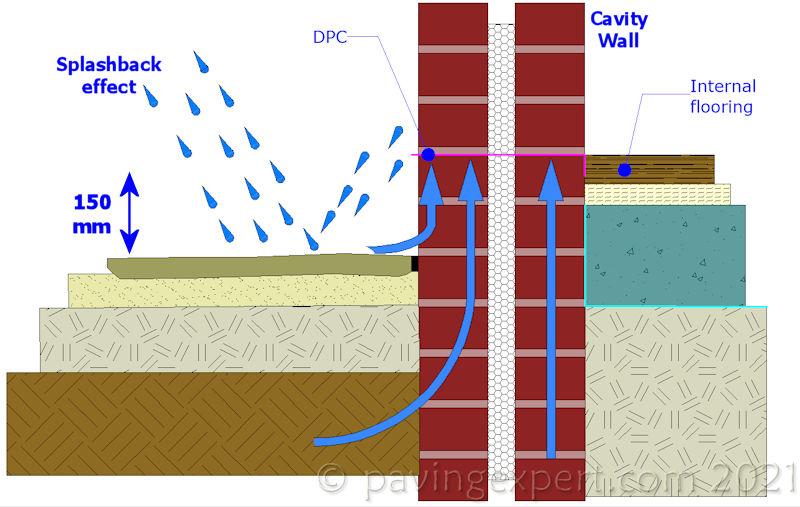Rising Dampness
- Introduction
- Causes of Defects
- Good Practices
- Standards
- Maintenance and Diagnostics
- Remedial
- Similar Cases
- References
Cause of Defects
Rising damp happens when groundwater ascends through tiny cracks in the brickwork or masonry via capillary action. When moisture penetrates a building’s walls, it can compromise both the structure’s integrity and its visual appeal. Modern buildings combat rising damp with a damp-proof course, a waterproof plastic membrane placed along the mortar line. However, older buildings or those with a compromised damp-proof course are at risk of dampness.



Rising damp can result in numerous aesthetic, structural, and health issues. Visually, it can cause paint and plaster to peel, crack, and bubble, create noticeable tide marks on walls, and produce efflorescence (white salt deposits on walls, floors, or ceilings). Structurally, dampness can infiltrate timber structures and skirting boards, causing them to rot. As water ascends, it can leave behind salts in building materials, leading to corrosion and structural weakening through salt attack. Additionally, damp conditions encourage mold growth, which poses significant health risks. Dampness itself can contribute to health problems such as asthma, allergies, colds, and flu.
Rising damp can greatly affect a property’s structural integrity and value. Superficial solutions like repainting, coating, or cleaning surfaces will not resolve the underlying issue.
